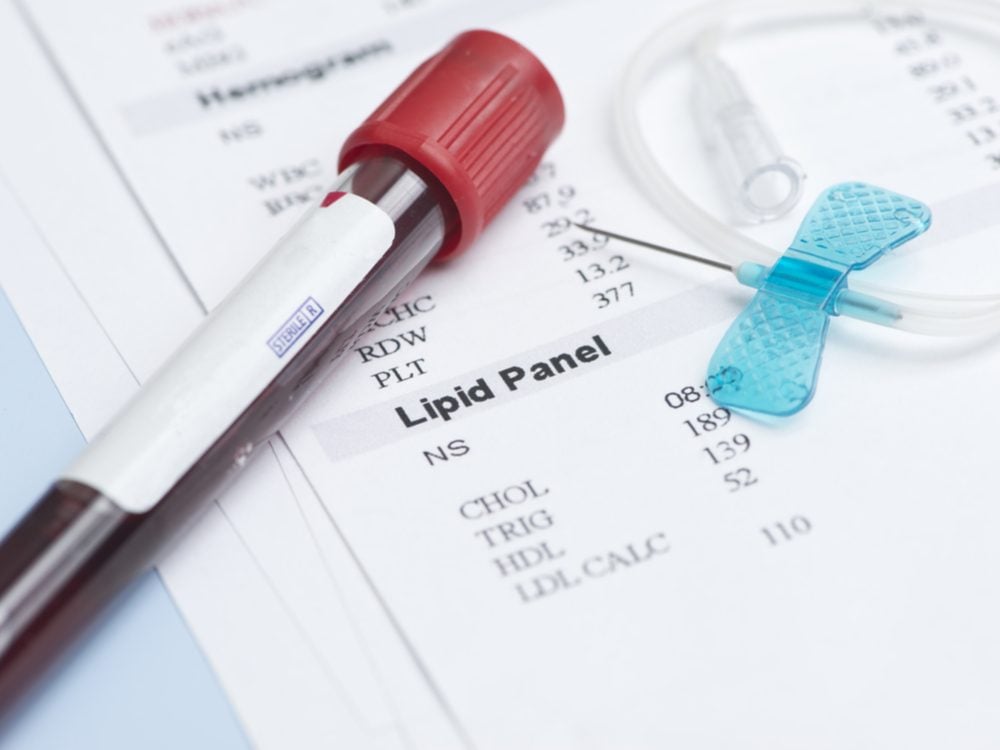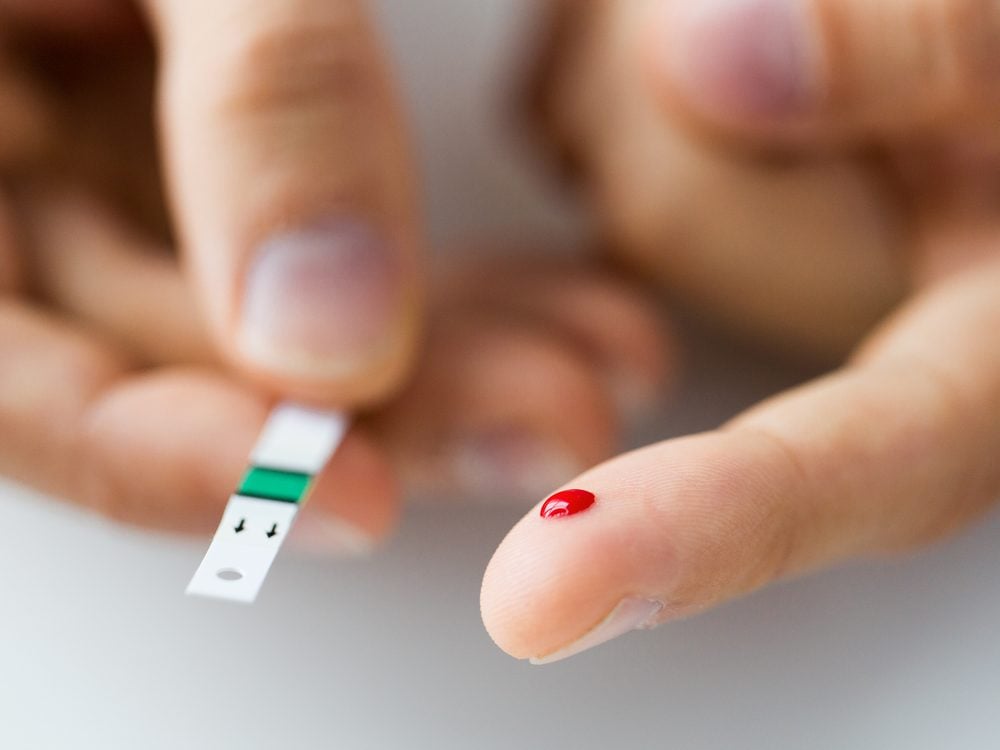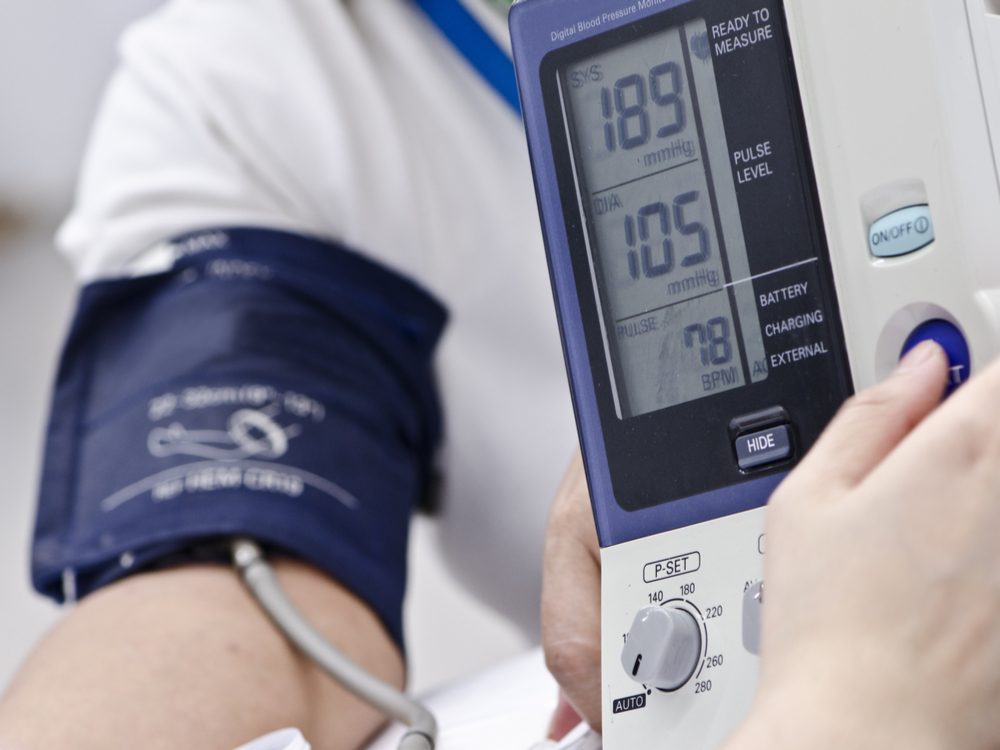
What is fatty liver disease?
The most common liver disorder in Canada, nonalcoholic fatty liver disease (NAFLD) is an accumulation of excess fat in liver cells, taking up five to 10 per cent of the entire organ. Typically, consuming too much alcohol is a primary cause of fat build-up in the liver, but those with NAFLD may not drink much alcohol at all. It is assumed that 20 to 25 per cent of the Canadian population has this disease. Dr. Harmeet Malhi, a gastroenterologist at the Mayo Clinic, says it is the leading cause of chronic liver disease worldwide. Though it causes no permanent damage, NAFLD can progress to nonalcoholic steatohepatitis (NASH), which can result in cirrhosis (irreversible scarring of the liver) or liver cancer, which is on the rise in Canada.
NAFLD is asymptomatic, meaning it usually has no physical symptoms. However, you should consult your doctor if you have any of the following risk factors. Doctors may use a variety of factors to diagnose the condition, such as blood tests, an abdominal ultrasound scan or a liver biopsy.

You tend to be a binge eater
An early sign of liver disease is binge eating, either feeling hungry all the time or having an intense craving for sugars. These eating habits only add to the fat that is already accumulating in your liver. “You have to be cognizant of what we’re eating because we are what we eat,” Dr. Loomba says. “And if we consume excess calories, especially calories that are sugar-rich or carbohydrate-rich, over a long period of time, it will have negative consequences.” He recommends keeping a food log of what you eat every day to track your sugar and fat intake.
Here’s what you need to know about counting calories from a registered dietician.

You store weight in your belly
People who are overweight are at an increased risk of NAFLD. Since the obesity rate in Canadians is on the rise—more than one-fifth of the population is obese—the threat is more prevalent than ever. Dr. Rohit Loomba, director of the NAFLD Research Center at the University of California at San Diego, cautions that visceral fat (the kind stored in your abdomen that gives you a big gut) is a big concern. “As the body mass index goes up and people go from a BMI of 30 to 35 to 40, the prevalence of nonalcoholic fatty liver disease starts going up,” he says. “We’re finding that the visceral fat correlates well with liver fat especially in middle-aged and younger adults.”
Here are 8 silent signs of liver cancer you shouldn’t ignore.

You’ve got high cholesterol
High blood fat levels, either triglycerides or LDL (“bad”) cholesterol, can signal that there’s too much fat in your liver. “The cholesterol that we measure in the blood is predominantly a product of what is coming out of the liver,” Dr. Loomba explains. The liver makes cholesterol on its own and circulates it into your bloodstream, but when we eat foods high in saturated and trans fats, it releases more fat and raises cholesterol levels.
Add these heart healthy foods to your diet to lower cholesterol.

You’ve been diagnosed with diabetes
If you have diabetes, Dr. Loomba says getting tested for NAFLD should be a major medical priority. In a study published this year, he and other UC-San Diego researchers tested 100 type 2 diabetics who had no other indicators of liver disease. All of them received an MRI of their livers. The results showed that 65 per cent of the participants had NAFLD and didn’t even know it.
Here are 10 silent signs of diabetes you might miss.

Your blood pressure is through the roof
When German researchers analyzed data from over 3,000 individuals, they found that those with NAFLD were three times more likely to have hypertension than those who didn’t have the disease. Monitoring blood pressure and maintaining heart health in general is especially important if you have or think you may have liver disease. Cardiovascular problems are the leading cause of death in people who have NAFLD, says Dr. Malhi.
Here’s how to spot when high blood pressure is an emergency.

Another family member has fatty liver disease
Dr. Loomba and his colleagues recently conducted a study of 25 families who have a history of NASH cirrhosis. They found that the risk of this advanced stage of NAFLD is 13 times higher if a family member had the disease as well. This is an ongoing study, but other familial research has evidence that some people may be genetically predisposed to this health risk as well.
Here are more must-know facts about fatty liver disease.

You’re always tired
Nonalcoholic fatty liver disease doesn’t have any physical symptoms, which makes it virtually impossible to identify without blood tests or a liver biopsy. However, once it progresses to cirrhosis, you may start to experience common symptoms like fatigue and weakness. Since the effects of cirrhosis are permanent and could lead to cancer, it’s important to visit your doctor right away if you develop these symptoms and have any of the previous risk factors.
Here are the best natural options for treating chronic fatigue syndrome.

You have pain in the upper right abdomen
This is also a symptom that won’t show up until cirrhosis appears. Fluid may start to gather in the abdomen; if the water gets infected, you experience abdominal pain. Another tummy issue that results from cirrhosis is a loss of appetite.
Learn the signs your liver might be in trouble.

You’re experiencing confusion
Confusion can also be a sign of more serious liver problems. Since the liver is not able to metabolize properly, the toxins it normally expels get into the bloodstream and can move into the brain. If your confusion worsens or you become disoriented, contact your doctor immediately.
Next, check out the signs of disease that are written all over your face.